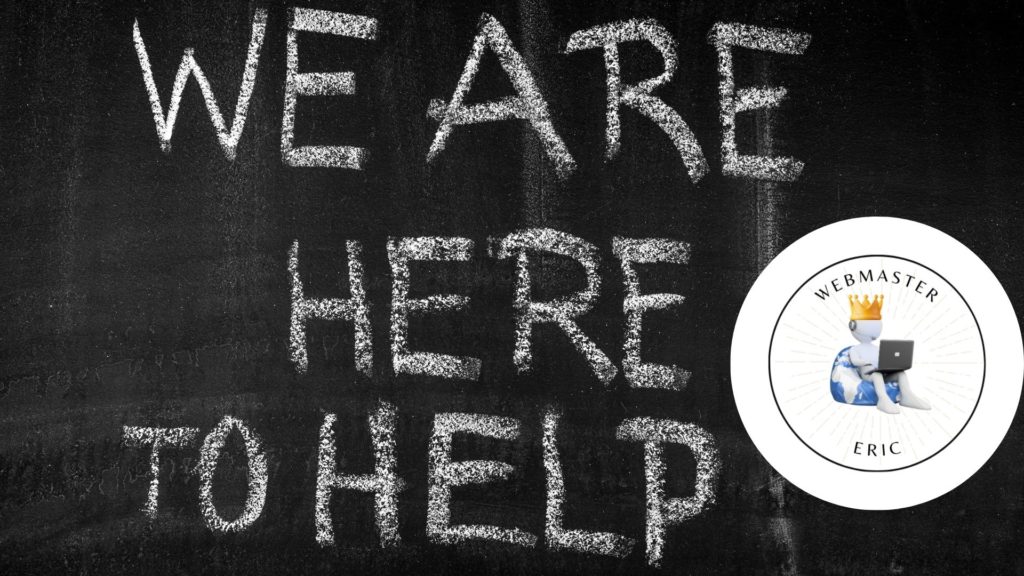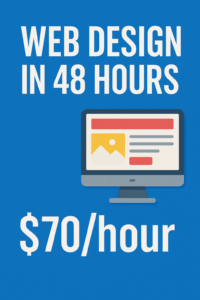
The Art and Science of Web Design and Development: A Comprehensive Guide
In today’s digital age, having a strong online presence is crucial for businesses, organizations, and individuals alike. At the heart of this presence lies web design and development, a field that combines creativity with technical expertise to create engaging, functional, and accessible websites. This article provides a comprehensive overview of web design and development, exploring its components, processes, and future trends.
Table of Contents
- Introduction to Web Design and Development
- The Difference Between Web Design and Web Development
- The Web Design Process
- The Web Development Process
- Essential Tools and Technologies
- Current Trends in Web Design and Development
- Challenges and Considerations
- The Future of Web Design and Development
- Conclusion
1. Introduction to Web Design and Development
Web design and development is the process of creating websites and web applications that are visually appealing, user-friendly, and functional. It involves a combination of design principles, coding skills, and an understanding of user experience (UX) to build sites that meet the needs of both the client and the end-user.
2. The Difference Between Web Design and Web Development
While web design and web development are often used interchangeably, they refer to different aspects of the website creation process.
2.1 Web Design
Web design focuses on the visual and aesthetic aspects of a website. It involves creating the layout, color scheme, typography, and overall look and feel of a site. Web designers use tools like Adobe Photoshop, Sketch, and Figma to create mockups and prototypes that guide the development process.
2.2 Web Development
Web development, on the other hand, involves the technical implementation of a website. It includes writing code to build the site’s structure, functionality, and interactivity. Web development is typically divided into two main areas: front-end and back-end development.
- Front-End Development: Deals with the client-side of the website, focusing on what users see and interact with directly. It involves using HTML, CSS, and JavaScript to create responsive and interactive user interfaces.
- Back-End Development: Involves server-side programming and database management. It ensures that the website functions correctly behind the scenes, handling data processing, authentication, and server communication.
3. The Web Design Process
Creating an effective web design involves several key steps:
3.1 Research and Planning
Before designing a website, it’s essential to understand the client’s goals, target audience, and competitors. This research informs the design strategy and helps identify the features and content that will be most effective.
3.2 Wireframing and Prototyping
Wireframes are simple, black-and-white layouts that outline the structure and functionality of a website. They serve as a blueprint for the design, allowing designers to plan the placement of elements like navigation, content, and calls to action. Prototypes are more detailed, interactive versions of wireframes that simulate the user experience.
3.3 Visual Design
Once the wireframe is approved, designers create the visual design, incorporating branding elements like logos, colors, and typography. This stage involves creating high-fidelity mockups that show how the final website will look.
3.4 User Experience (UX) Design
UX design focuses on creating a seamless and intuitive experience for users. It involves testing and refining the design to ensure that users can easily navigate the site and find the information they need.
4. The Web Development Process
Web development involves turning the design into a functional website through coding and programming.
4.1 Front-End Development
Front-end developers use HTML, CSS, and JavaScript to build the user interface. They ensure that the site is responsive, meaning it works well on different devices and screen sizes. Front-end frameworks like React, Angular, and Vue.js can streamline this process by providing pre-built components and tools.
4.2 Back-End Development
Back-end developers work on the server-side of the website, handling data storage, processing, and security. They use programming languages like Python, Ruby, PHP, and Node.js to build the server logic and connect the site to databases like MySQL, PostgreSQL, or MongoDB.
4.3 Testing and Deployment
Before launching a website, developers conduct thorough testing to identify and fix any bugs or issues. This includes testing for functionality, performance, security, and compatibility across different browsers and devices. Once testing is complete, the site is deployed to a web server and made live.
5. Essential Tools and Technologies
Web design and development rely on a variety of tools and technologies to create effective websites:
- Design Tools: Adobe Photoshop, Sketch, Figma, Adobe XD
- Front-End Technologies: HTML, CSS, JavaScript, React, Angular, Vue.js
- Back-End Technologies: Node.js, Python, Ruby on Rails, PHP
- Version Control: Git, GitHub, GitLab
- Content Management Systems (CMS): WordPress, Joomla, Drupal
6. Current Trends in Web Design and Development
The field of web design and development is constantly evolving, with new trends and technologies emerging regularly:
6.1 Responsive Design
With the increasing use of mobile devices, responsive design has become essential. It ensures that websites adapt to different screen sizes and provide a consistent user experience across devices.
6.2 Minimalist Design
Minimalist design focuses on simplicity and clarity, using clean layouts, ample white space, and limited color palettes. This trend emphasizes functionality and user experience over flashy visuals.
6.3 Dark Mode
Dark mode has gained popularity for its aesthetic appeal and potential to reduce eye strain. Many websites and applications now offer a dark mode option, allowing users to switch between light and dark themes.
6.4 Voice User Interface (VUI)
As voice-activated devices become more common, web developers are exploring ways to integrate voice user interfaces into websites. This trend involves designing sites that can be navigated and interacted with using voice commands.
7. Challenges and Considerations
Web design and development come with their own set of challenges and considerations:
7.1 Accessibility
Ensuring that websites are accessible to all users, including those with disabilities, is a critical consideration. This involves following web accessibility guidelines and implementing features like alt text for images, keyboard navigation, and screen reader compatibility.
7.2 Security
Web developers must implement security measures to protect websites from threats like hacking, data breaches, and malware. This includes using secure coding practices, encrypting data, and regularly updating software.
7.3 Performance Optimization
Optimizing website performance is essential for providing a fast and seamless user experience. This involves minimizing load times, reducing server requests, and optimizing images and code.
8. The Future of Web Design and Development
The future of web design and development is likely to be shaped by several key trends and technologies:
8.1 Artificial Intelligence and Machine Learning
AI and machine learning are increasingly being integrated into web design and development to automate tasks, personalize user experiences, and enhance functionality. For example, AI can be used to create chatbots, recommendation engines, and image recognition features.
8.2 Augmented Reality (AR) and Virtual Reality (VR)
AR and VR technologies are opening up new possibilities for immersive web experiences. Web developers are exploring ways to integrate these technologies into websites, allowing users to interact with 3D environments and objects.
8.3 Progressive Web Apps (PWAs)
Progressive Web Apps combine the best features of web and mobile applications, offering offline access, push notifications, and fast loading times. PWAs provide a native app-like experience without requiring users to download an app from an app store.
8.4 Ethical and Inclusive Design
As the web becomes more integral to daily life, there will be a greater emphasis on ethical and inclusive design practices. Web developers will need to consider accessibility, privacy, and user well-being in their work.
9. Conclusion
The article “The Art and Science of Web Design and Development: A Comprehensive Guide” emphasizes the importance of a strong online presence in today’s digital age, highlighting the role of web design and development in creating engaging, functional, and accessible websites.
It distinguishes between web design, which focuses on the visual and aesthetic aspects, and web development, which involves the technical implementation.
The guide outlines the processes involved in both design and development, including research, wireframing, visual design, front-end and back-end development, testing, and deployment.
It also discusses essential tools and technologies, such as design software, front-end and back-end frameworks, and content management systems.
Current trends like responsive design, minimalist design, dark mode, and voice user interfaces are explored, along with challenges like accessibility, security, and performance optimization.
Looking to the future, the article predicts the influence of AI, machine learning, AR, VR, progressive web apps, and ethical design on the field.



